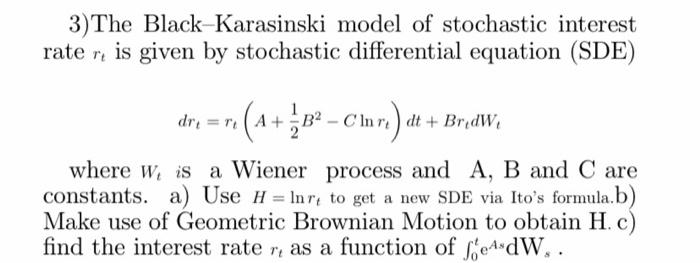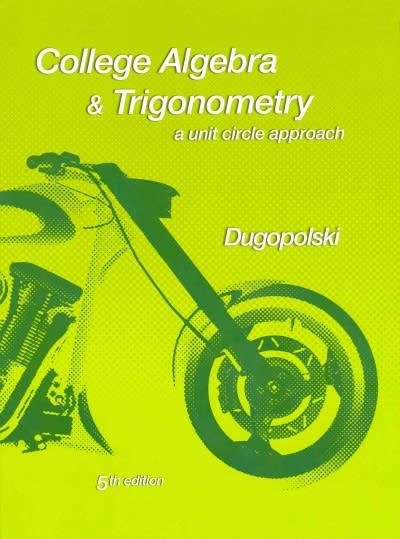Question
12.18. A foreign currency is currently worth $0.64. A 1-year butterfly spread is set up using European call options with strike prices of $0.60, $0.65,
12.18. A foreign currency is currently worth $0.64. A 1-year butterfly spread is set up using European call options with strike prices of $0.60, $0.65, and $0.70. The risk-free interest rates in the United States and the foreign country are 5% and 4% respectively, and the volatility of the exchange rate is 15%. Use the DerivaGem software to calculate the cost of setting up the butterfly spread position. Show that the cost is the same if European put options are used instead of European call options.
Problem 13.12, what is the value of a 6-month European put option with a strike price of $51? Verify that the European call and European put prices satisfy put-call parity. If the put option were American, would it ever be optimal to exercise it early at any of the nodes on the tree?
For the above problem, calculate the sensitivity of the NPV to the input parameters by varying the investment cost, peak annual revenue, peak annual cost, terminal value, and the discount rate by 25%. Show the results in the form of a tornado diagram.
2-3. For the same project, estimate the variability (the standard deviation) of the expected project NPV using Monte Carlo simulation. Use a standard deviation of 15% for the annual costs and 30% for the annual revenues. 2-4. RoboTechs is interested in developing and commercializing "robotic wait- ers" that can serve food and beverages in restaurants and at cocktail parties. The development effort to prove the technical effectiveness of the product is estimated to cost $1 billion and take four years, while the project launch is expected to cost $300 million. The estimated project NPV is $6 billion, and the probabilities of technical and commercial success are believed to be 0.8 and 0.4, respectively. Based on DTA, would your decision be in favor of investment? (Use a discount rate of 8% inside the decision tree in your DTA calculations.)
1-2. Seamless Transitions is contemplating whether to launch within the next three years a new technology that allows seamless transition of networks from landline to cellular so that the same phone handset can be used with both networks. Since there is enormous uncertainty related to this tech- nology, the company decides to conduct a pilot test in a small market before a "full-blown" launch. It initiates a pilot test in a small metropolitan area, which is expected to cost $200 million. If the pilot test proves the project's large-scale commercial viability, the company will launch the seamless technology and its related products in seven major metropolitan areas at an estimated investment cost of $1 billion. What is the option created by Seamless Transitions? Is it a call or a put? What is the price of the option? What is its strike price?
1-3. Priceless Polymers invested $100 million to build a new manufacturing plant, the lifetime payoff from which was expected to be $120 million at the time the project was initiated. Since there was a great deal of uncer- tainty regarding this estimate, the company decided at the time of project initiation that it would sell its assets for an expected salvage value of $20 million if at any time within the next three years the uncertainty cleared and the expected payoff dropped below the salvage value. At the end of the third year, the market uncertainty cleared and the expected project payoff was estimated to be merely $15 million. The company then sold its assets and terminated the project. What option did Priceless Polymers create to begin with? Was it a call or a put? What was its strike price? What was the option life? What was the option value at the exercise time?
question 1



Step by Step Solution
There are 3 Steps involved in it
Step: 1

Get Instant Access to Expert-Tailored Solutions
See step-by-step solutions with expert insights and AI powered tools for academic success
Step: 2

Step: 3

Ace Your Homework with AI
Get the answers you need in no time with our AI-driven, step-by-step assistance
Get Started


